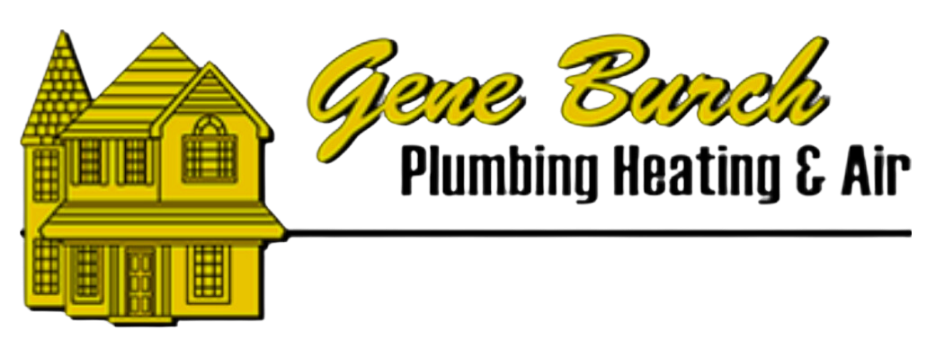Leaks in your ductwork can create significant problems for your home’s comfort and energy efficiency. When air escapes from ducts instead of reaching your rooms, your heating or cooling system must work harder, leading to higher energy bills and uneven temperatures. Finding and fixing these leaks ensures your HVAC system runs smoothly and your home stays comfortable year-round.
Understanding how to find leaks in your ductwork empowers you to take control of your home’s energy efficiency. It ensures that you maximize the performance of your heating and cooling systems while saving on utility costs. Exploring these methods is a wise step toward maintaining a comfortable and efficient home environment.
Understanding the Importance of Detecting Duct Leaks
Detecting leaks in your ductwork is crucial for maintaining an efficient HVAC system. When ducts leak, the air meant to heat or cool your home escapes before it reaches its intended destination. This loss causes your system to work harder, increasing energy usage and straining the system.
A well-sealed ductwork system can prevent up to 30% of energy loss. This saves money on your utility bills and extends the life of your heating and cooling system. By finding and fixing leaks, you can also improve indoor air quality. Leaky ducts can draw in dust, fumes, and allergens, circulating them throughout your home.
Understanding the importance of duct leak detection helps prioritize home maintenance tasks. It ensures you address issues promptly, preventing larger problems down the road. Your HVAC system functions more effectively, keeping your home comfortable regardless of the season. Moreover, you reduce your carbon footprint by cutting back on wasted energy. This proactive step benefits both your home and the environment. Pay attention to ductwork health to maintain a safe and energy-efficient household.
Common Signs of Leaks in Your Ductwork
Recognizing the signs of duct leaks is essential for maintaining home comfort and efficiency. Being aware of these indicators helps you take swift action before problems worsen.
Here are some common signs that your ductwork might have leaks:
Uneven Temperature Distribution
If some rooms are too hot or too cold while others are just right, it could mean air is escaping through leaks before reaching certain areas.
Higher Energy Bills
An unexplained increase in heating or cooling costs might indicate that your system is working overtime to compensate for lost air.
Weak Airflow
If you notice that airflow from your vents is weaker than usual, it could indicate a leak disrupting the air pressure in your ducts.
Dusty or Musty Odors
Leaky ducts can pull dust and dirt from unconditioned spaces, carrying them into your home’s air supply and creating an unpleasant smell.
Rattling or Whistling Noises: Listen for unusual sounds while your HVAC system runs. They might suggest leaks where the air escapes, causing the ducts to vibrate or make other noises.
Identifying these signs early allows you to address issues quickly. By recognizing them, you can implement solutions to improve efficiency and enhance the comfort level in your home, ensuring a more balanced and pleasant indoor environment.
DIY Methods to Locate Ductwork Leaks
Finding leaks in your ductwork can be a manageable task with some simple do-it-yourself methods. These approaches help identify problem areas, allowing you to address them before they lead to bigger issues.
Visual Inspection
Start by examining accessible sections of your ductwork. Look for disconnected parts, gaps, or any visible signs of wear and tear. Use a flashlight to spot any cracks or tears.
Airflow Test
Place your hand near different sections of the ductwork, especially at joints and connections. Feel for drafts that indicate escaping air. This simple test can help locate small leaks.
Smoke Test
Light a stick of incense and hold it close to the ductwork. Watch how the smoke moves. If it gets pulled into the duct or flows erratically, there might be a leak nearby.
Soapy Water Method
Mix water with dish soap and apply it to the duct connections using a sponge or spray bottle. If bubbles form when the system is running, there’s likely a leak in that area.
These DIY methods can effectively identify duct leaks. Remember to take safety precautions, like turning off the HVAC system while inspecting. Fix any gaps to improve your system’s efficiency and comfort levels at home.
Effective Tools and Techniques for Professionals
Sometimes, duct leaks require professional attention, especially if DIY methods prove insufficient. Professionals use advanced tools and techniques to locate and fix leaks efficiently.
Duct Blower Test
This tool pressurizes the ductwork, making it easier to detect leaks. It also helps professionals accurately measure the severity and location of leaks.
Thermal Imaging Cameras
These cameras identify temperature variations in the ductwork. Color shifts on the camera’s display highlight leaks, showing where warm or cool air exits the ducts.
Fog Machine Testing
Professionals can introduce non-toxic fog into the duct system. The fog leaks out through any gaps, visually revealing the exact location of the ducts that need attention.
Aerosol Sealant
This technique involves spraying an aerosol-based sealant into the ducts. The sealant is drawn towards the leaks and seals them effectively from the inside, ensuring long-lasting repairs.
Calling in professionals ensures that duct leaks are fixed thoroughly and safely. Their expertise and advanced tools provide peace of mind, knowing your system operates at its best.
Conclusion
Understanding how to find leaks in your ductwork enhances your home’s comfort and energy efficiency. By addressing leaks, you keep your HVAC system working efficiently, ensuring consistent temperatures and lower energy bills. Regular inspections, combined with professional services when needed, can prevent problems from escalating and sustain the longevity of your system.
For expert help with duct leaks, contact Gene Burch Plumbing, Heating & Air. Our team specializes in detecting and repairing ductwork issues using the latest tools and methods. Schedule an air duct inspection today to ensure your home remains energy-efficient and comfortable all year round.

